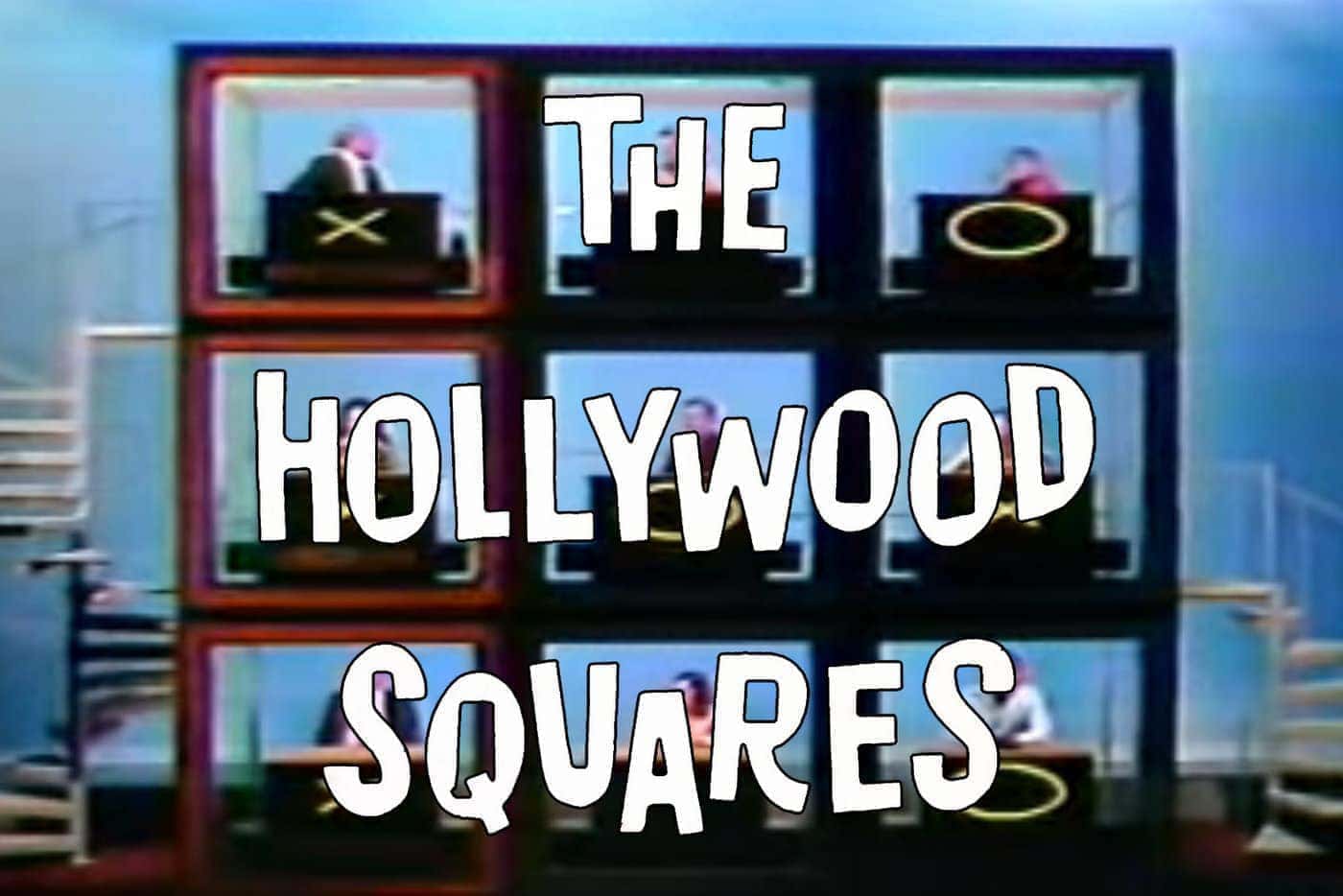Over the last two years I’ve struggled with the Zoom-heavy work style of the covid WFH world. As early as Spring 2020 I started to realize that I was feeling significantly more stress at work. To help combat burnout, I decided to debug my overall work health and spent several months experimenting with different processes and rituals to improve my overall well-being.
These are habits that have worked well for me personally, so I don’t expect them to be universally applicable. Instead I recommend testing a bunch of activities and getting product/market fit on your individualized self-care routine. The unfortunate reality is that in most cases you’re on your own when it comes to managing your work health – good teams will support what you need, but you often need to take the initiative to make changes yourself.
Camera-On to Camera-Off
I entered the pandemic as a camera-on person during video calls. I was already spending significant time on remote calls pre-Covid, and felt that having a camera on was important to maintaining a human connection. But as the months of remote work wore on in 2020, I woke up one day and realized that I absolutely hated having my camera on. I also realized that the benefits of being camera-on in large meetings were marginal as meetings got large. It’s nice to see the person speaking, but most high-quality meetings have something to look at and camera-on meetings often turn into a dystopian version of Hollywood Squares.
 Welcome to standup!
Welcome to standup!
To minimize fatigue, in larger meetings I’ll often turn my camera off while I’m not speaking and only go camera-on if I’m going to speak. I’ve taken steps to support my team in doing the same if they choose:
- I’ll sometimes mention why I’m turning my camera off to set the tone for what I consider to be fine reasons to go camera off – “I’m preparing lunch” or “I’ve been on a bunch of calls today” or even “I’m outside”
- I avoid getting on someone’s case for not having their camera on. The only exception is if someone is passing along constructive feedback – in my experience a faceless avatar providing negative feedback feels extra lousy
I realize that this is something that not everyone in every organization may be comfortable with, but if your team and environment allows it I would suggest trying it out. My team has a general camera on culture so I’ll usually only go camera-off in meetings with more than ~5 participants.
Between-meeting Workouts
Removing a commute from my day immediately gave back 90 minutes that I hadn’t had before, eliminating every excuse to not workout in one fell swoop. Rather than filling the free time that I gained with work, videogames, or Instagram (my general go-tos), I’ve tried to make sure I spend at least half of it exercising, if not more on a good day.
One of the ways to get extra value has been to take a few minutes between or even during meetings to do ultra quick fitness routines – for example, a few pushups or situps. Investing just a few interstitial minutes each day has provided modest but noticeable impacts to my fitness and happiness at virtually no cost.
This is a real upside of WFH. If you start doing pushups in an office you look like a brogrammer stereotype, but in the privacy of your own home you can do as many pushups as you’d like without making some kind of statement.
Midday Walks
Many meetings at my company end early, especially as we’ve fought to have a culture of ending meetings as soon as we’re through with their agenda. I’ve used as many of these gaps as possible to take a quick walk around the block or neighborhood, weather permitting.
I’ve found that this is a really powerful way to destress midday – a walk might not solve whatever worries are on my mind, but I’ve never had it make anything worse.
Outdoor Work
For most of the pandemic I’ve had access to outdoor spaces where I could take a meeting from time-to-time. Working outdoors for even 20 minutes breaks up the day and is a great chance to get some natural sunlight. This experience is definitely better in a mild, largely insect-free climate like California but you can squeeze out occasional outdoor work almost anywhere unless you live in Antarctica.
I’ll also combine strategies and take meetings while walking when possible. If I’m in a meeting where my main role is to listen and chime in only if needed (that is, I’m not leading, not presenting, and not one of the most important recipients of information) then I’ll go camera-off and take the meeting while walking around the neighborhood.
